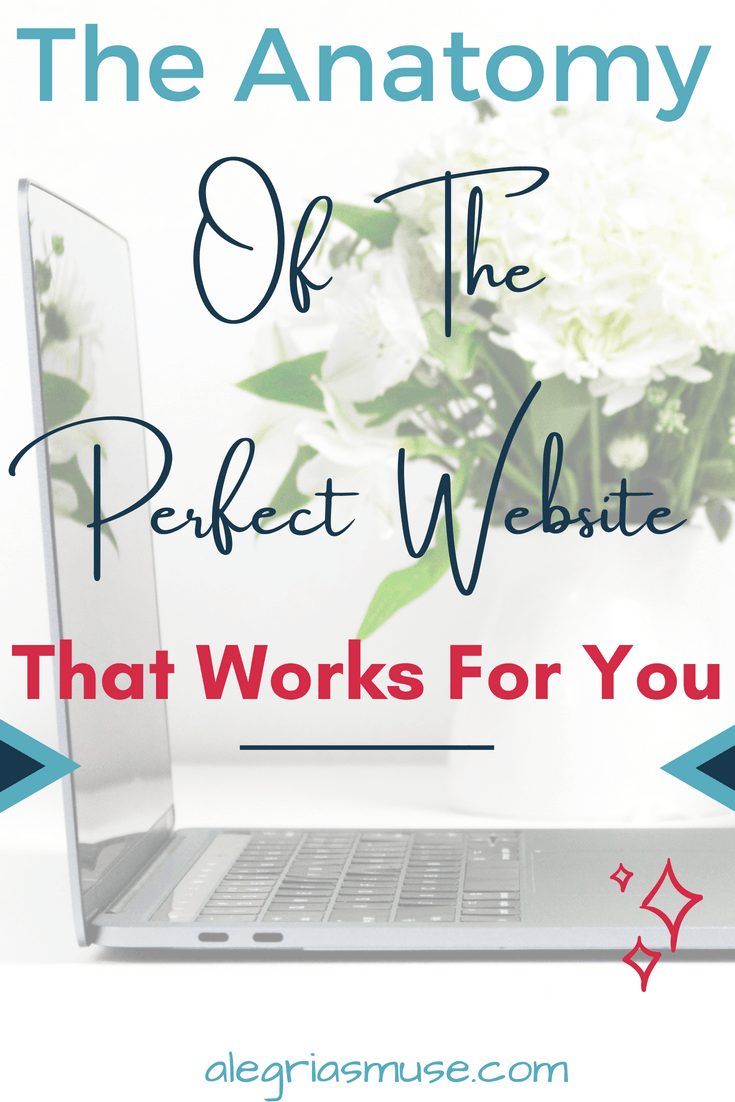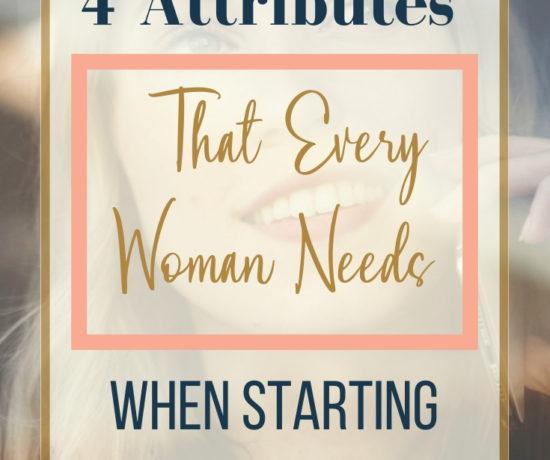Last Updated on February 21, 2019 by Jessica Adams
Does your business have a website? Of course, it does. While it’s not impossible for a small business to navigate the ultra-competitive marketplace without one, those who don’t choose to embrace the digital realm are at a distinct disadvantage. You’re a savvy businesswoman so you’ve likely read all about what having a website can do for your small business. And you understand how important it is to your branding.
Your website is essentially the face of your online market, whether you do business via e-commerce or not. It’s where you showcase the products and services you offer and make users understand why they need yours and not your competitors’. Your site should be a platform that showcases the values and beliefs upon which your business was founded. It’s where your clients and prospective clients alike will learn more about your business and the story behind it.
But while a business website may have been a fun novelty twenty years ago, today it’s no longer enough to simply have one. In order to gain a market share in an era where competition is more cutthroat than ever, you need a website that works for you. No matter the nature or scope of your business, your website is an example of what makes your business great. Otherwise, it can end up doing your brand more damage than good. Here we’ll look at the anatomy of a website, the perfect website that works for you. You’ll also see how you can use this ideal template as a checklist and to make sure that your website is working as hard as it can for your business.
The Anatomy Of A Website
That Works For You

Beautiful Design That Reflects Your Brand
Sure, your brand is more than just a fancy logo, a unified color scheme, and a catchy tagline. It’s in the quality of your products, the standards you impose on your customer service and the way you train and develop your employees. Nonetheless, your website is a great platform upon which you can show how long and hard you’ve thought about your branding. Web design is a visual medium with which to highlight the cohesiveness in your branding. The overall aesthetic of your website, reflected through beautiful design, is ultimately a superficial yet important first step in ensuring meaningful engagement.
A Carefully Crafted User Experience That Flows
 In catering, one learns that the first bite is with the eye. This is why the presentation of the food is its own discrete art. Almost as important as the preparation of the food itself. If your design is a presentation of your digital cuisine, your user experience is its taste and texture. User experience or UX is an increasingly important discipline in web design. UX copywriters are adept at crafting carefully worded text, designed to subtly influence a user’s behavior. A sitemap generator can help you plot the flow of your website, to make sure that it’s easy and intuitive to navigate.
In catering, one learns that the first bite is with the eye. This is why the presentation of the food is its own discrete art. Almost as important as the preparation of the food itself. If your design is a presentation of your digital cuisine, your user experience is its taste and texture. User experience or UX is an increasingly important discipline in web design. UX copywriters are adept at crafting carefully worded text, designed to subtly influence a user’s behavior. A sitemap generator can help you plot the flow of your website, to make sure that it’s easy and intuitive to navigate.
In an era where your competitors have the same digital tools at their disposal as you do, it’s vital that your user experience gives your website the leading edge. A website that’s difficult to navigate or doesn’t flow intuitively could result in enormous bounce rates.
Responsiveness
Your website needs to be responsive in two ways. First, it needs to respond to the user’s commands in a timely manner. Pages need to load quickly, buttons need to work and links (both internal and external) need to be checked to ensure that they are still valid. Broken links are not just an embarrassment for your website they’re also SEO kryptonite. If your website experiences long load times, it’s vital that you use a tool like Google PageSpeed Insights to help you find and fix the causes of long load times.
 Users today are busier than ever, consuming digital content in bite-sized chunks, usually while on the go. They don’t have time to wait for pages with long load times! In fact, a load time of just 7 seconds can increase your website’s bounce rate by over 30%. Your website also needs to be perfectly optimized for mobile use. As mobile use becomes the norm rather than desktop use, it’s looking increasingly like Google’s mobile index will soon be its only index.
Users today are busier than ever, consuming digital content in bite-sized chunks, usually while on the go. They don’t have time to wait for pages with long load times! In fact, a load time of just 7 seconds can increase your website’s bounce rate by over 30%. Your website also needs to be perfectly optimized for mobile use. As mobile use becomes the norm rather than desktop use, it’s looking increasingly like Google’s mobile index will soon be its only index.
A Blog That’s Done Right
Your blog can be a great mouthpiece for your business and a great way of not only giving your brand a voice but establishing your sense of authority. And let’s not forget that posting content regularly is a great way to give your SEO an organic nudge. Well written, engaging and factually dense copy can give you the leading edge over your competitors. Allocate the correct resources, time and funds and your blog can build a sense of trust and personal investment in your brand and in you personally.
Video content
 Blog posts are an awesome way to engage prospective clients and customers. But for those busy decision-makers, who don’t have time to scroll through a 2,000-word blog post, a video is the best way to get them on board. And if you aren’t producing video content now, it’s more than likely that your competitors are. While production costs may require you to find some money in your budget, video content is the best way to boost your engagement. Plus, in an era where 100 million hours of video are consumed every day on Facebook alone and it’s estimated that by 2021 video will account for 81% of all Internet traffic, can you afford not to get in on the ground floor?
Blog posts are an awesome way to engage prospective clients and customers. But for those busy decision-makers, who don’t have time to scroll through a 2,000-word blog post, a video is the best way to get them on board. And if you aren’t producing video content now, it’s more than likely that your competitors are. While production costs may require you to find some money in your budget, video content is the best way to boost your engagement. Plus, in an era where 100 million hours of video are consumed every day on Facebook alone and it’s estimated that by 2021 video will account for 81% of all Internet traffic, can you afford not to get in on the ground floor?
A Secure Domain
As of August 2018, Google will begin taking a stand against unsecured domains which could create an inadvertent black eye for your business’ reputation. Instead of displaying the familiar green padlock image on a secure website, Google Chrome will begin prompting users with a warning message when they land on an unsecured website. Show your users that you value their security and make sure that your domain has its security certificate. This article explains how you can easily navigate the transition.
A Compelling Landing Page
![]() If you invest your time and effort into link-building, it’s likely that you already understand the value of a landing page. A landing page is subtly different to your homepage. It’s a page upon which users land when redirected from a social media post, paid ad, anywhere that can direct traffic. The difference between a compelling landing page and a mediocre landing page, however, can mean the difference between a user and a lead. A landing page usually has some sort of rudimentary data capture form and a compelling call-to-action. It may offer the user one of those all-important freebies, like a blog post checklist or an e-book.
If you invest your time and effort into link-building, it’s likely that you already understand the value of a landing page. A landing page is subtly different to your homepage. It’s a page upon which users land when redirected from a social media post, paid ad, anywhere that can direct traffic. The difference between a compelling landing page and a mediocre landing page, however, can mean the difference between a user and a lead. A landing page usually has some sort of rudimentary data capture form and a compelling call-to-action. It may offer the user one of those all-important freebies, like a blog post checklist or an e-book.
The language you use in your call to action is vital in ensuring that your users convert themselves into clients. Just look at this example, in which two examples of UX copy are compared to a free e-book; Example A: “Get It Now” and Example B “Grab Yours Today”. “Grab” implies greater urgency than “get”, “Yours” indicates that the book is a free gift intended just for the user and “today” subtly indicates scarcity. Ultimately, Example B had a conversion rate that was 5% higher than Example A.
When your website boasts all these features and they’re all flowing seamlessly, you’ll know that it’s working as hard as it can for your business.
Jessica Rose Adams





No Comments